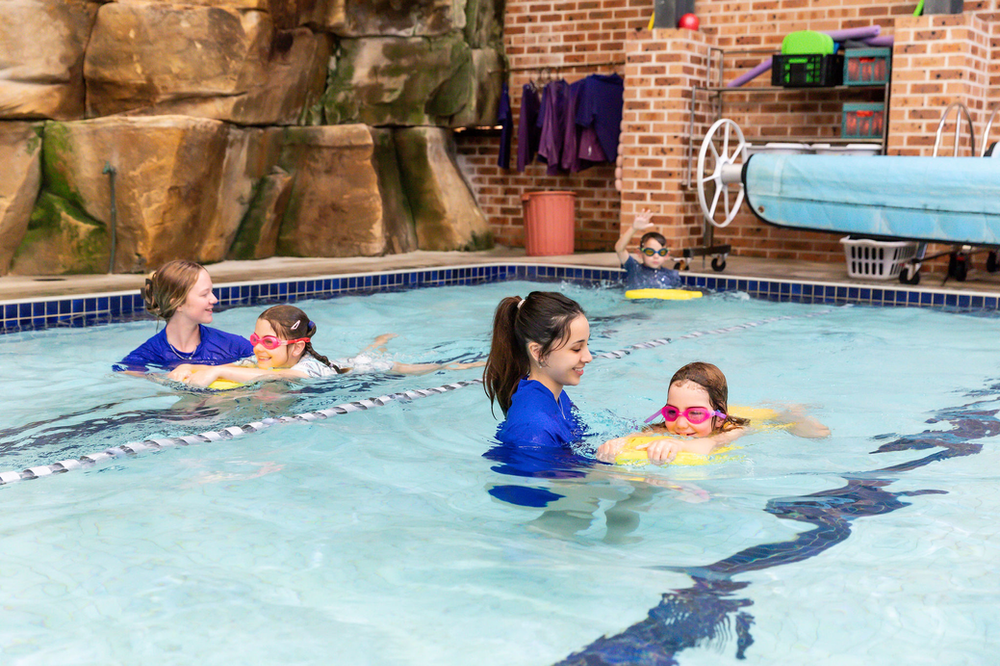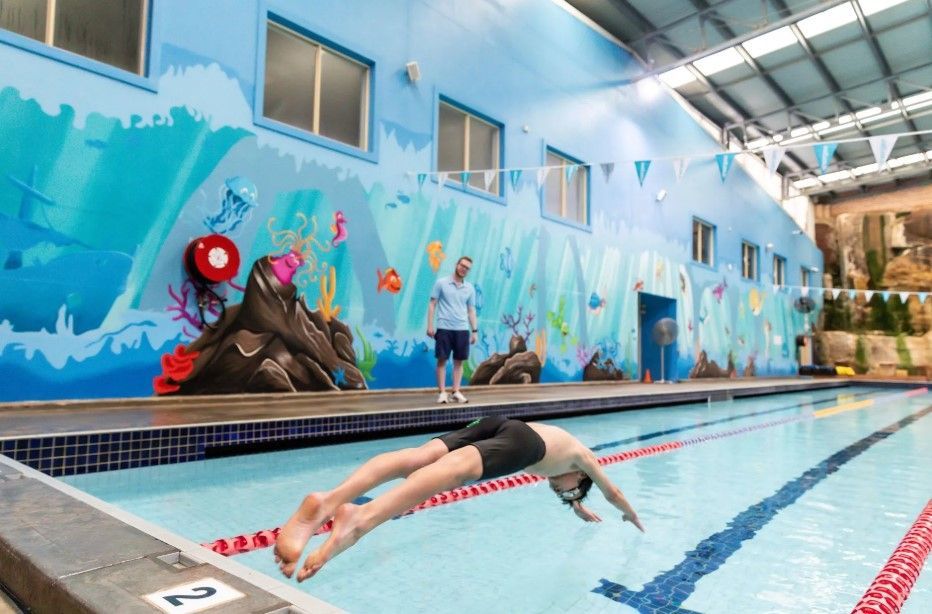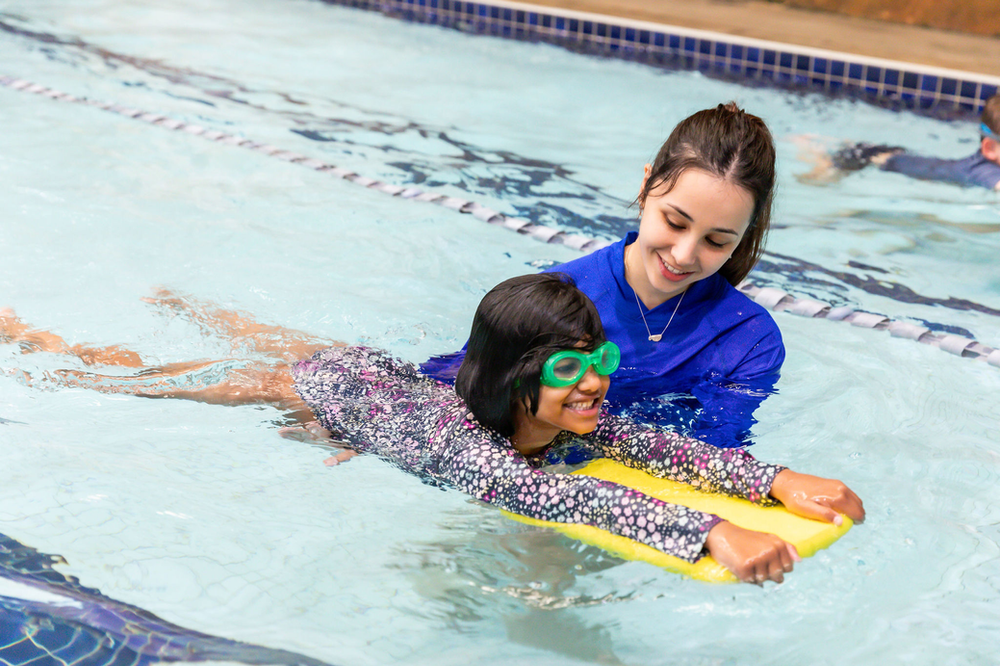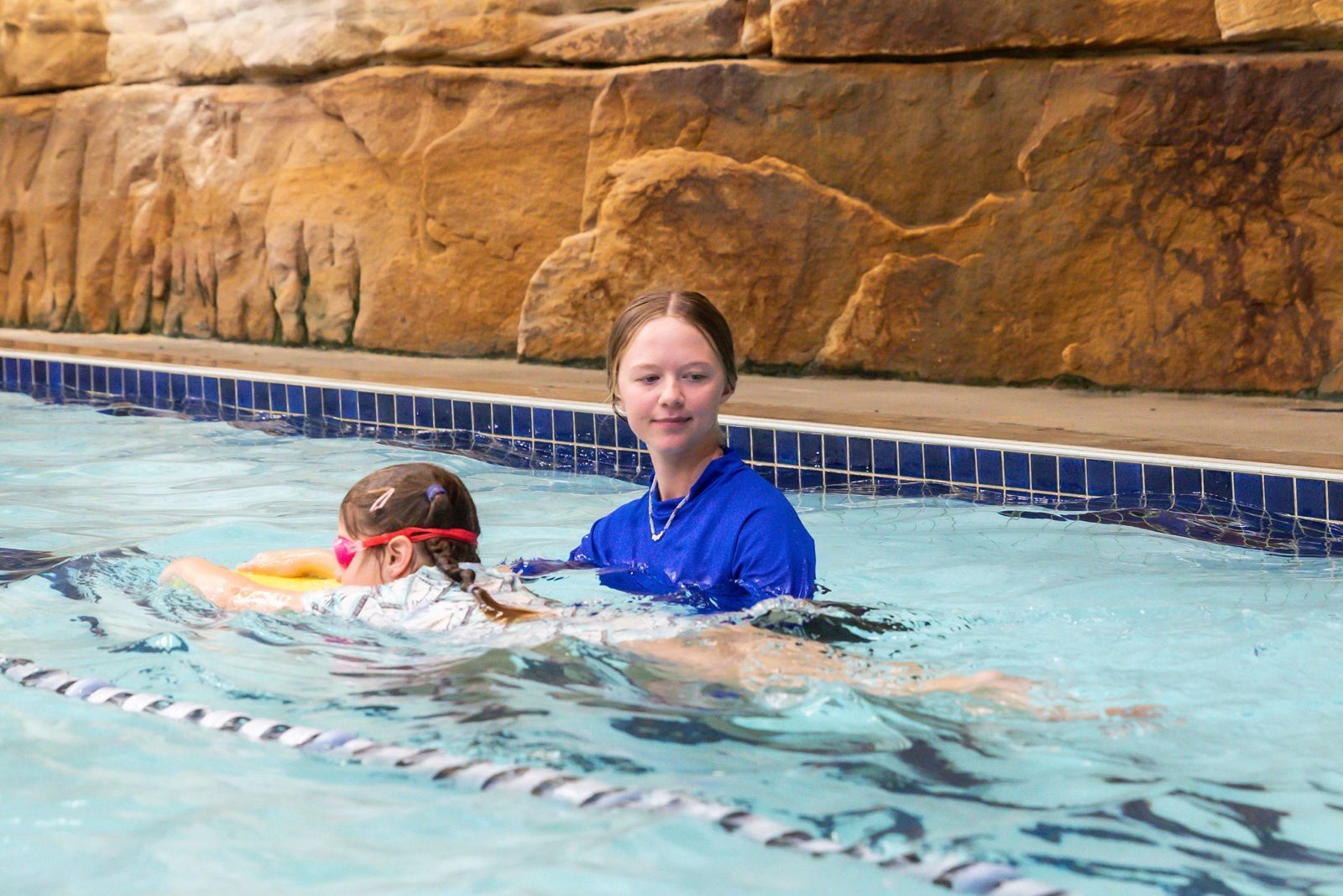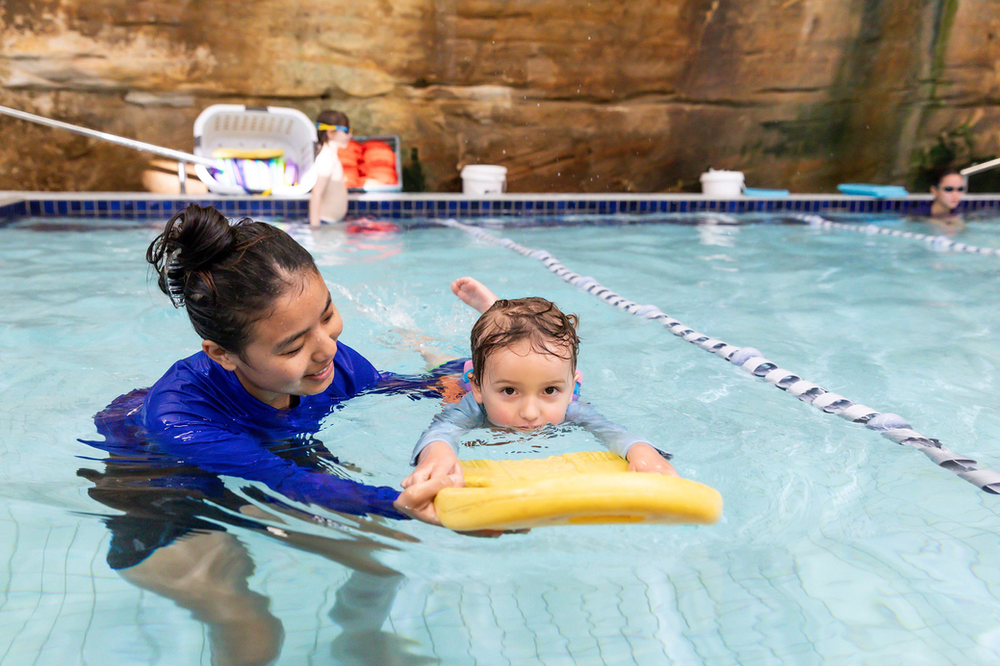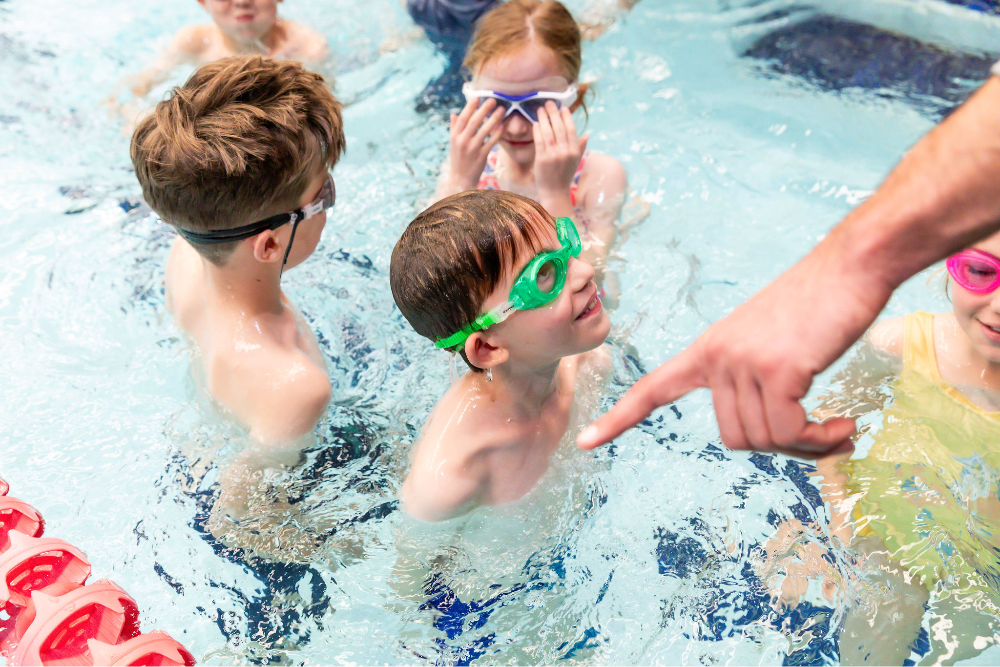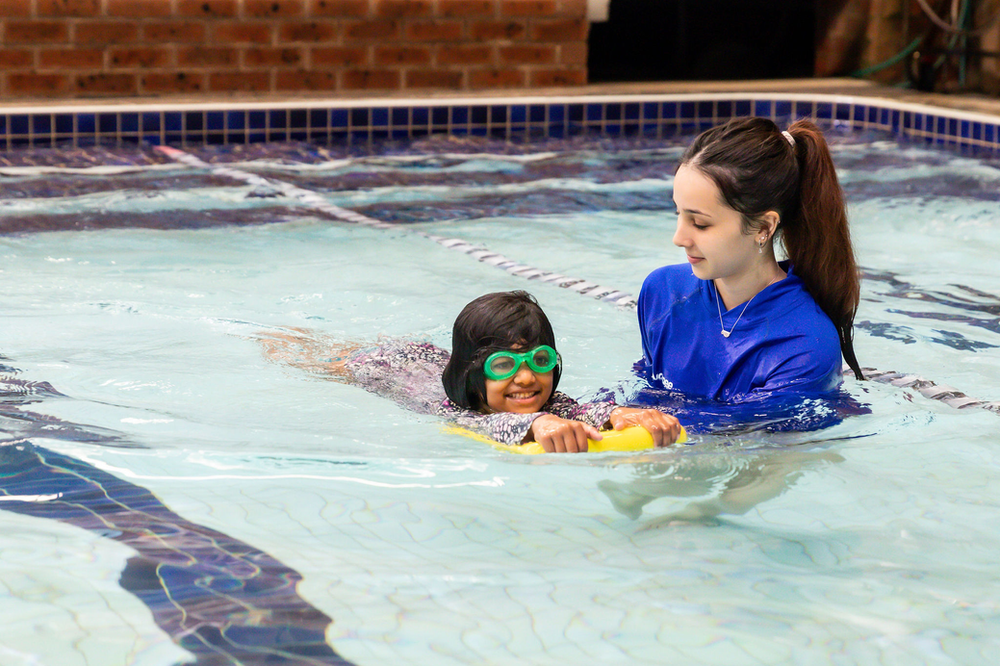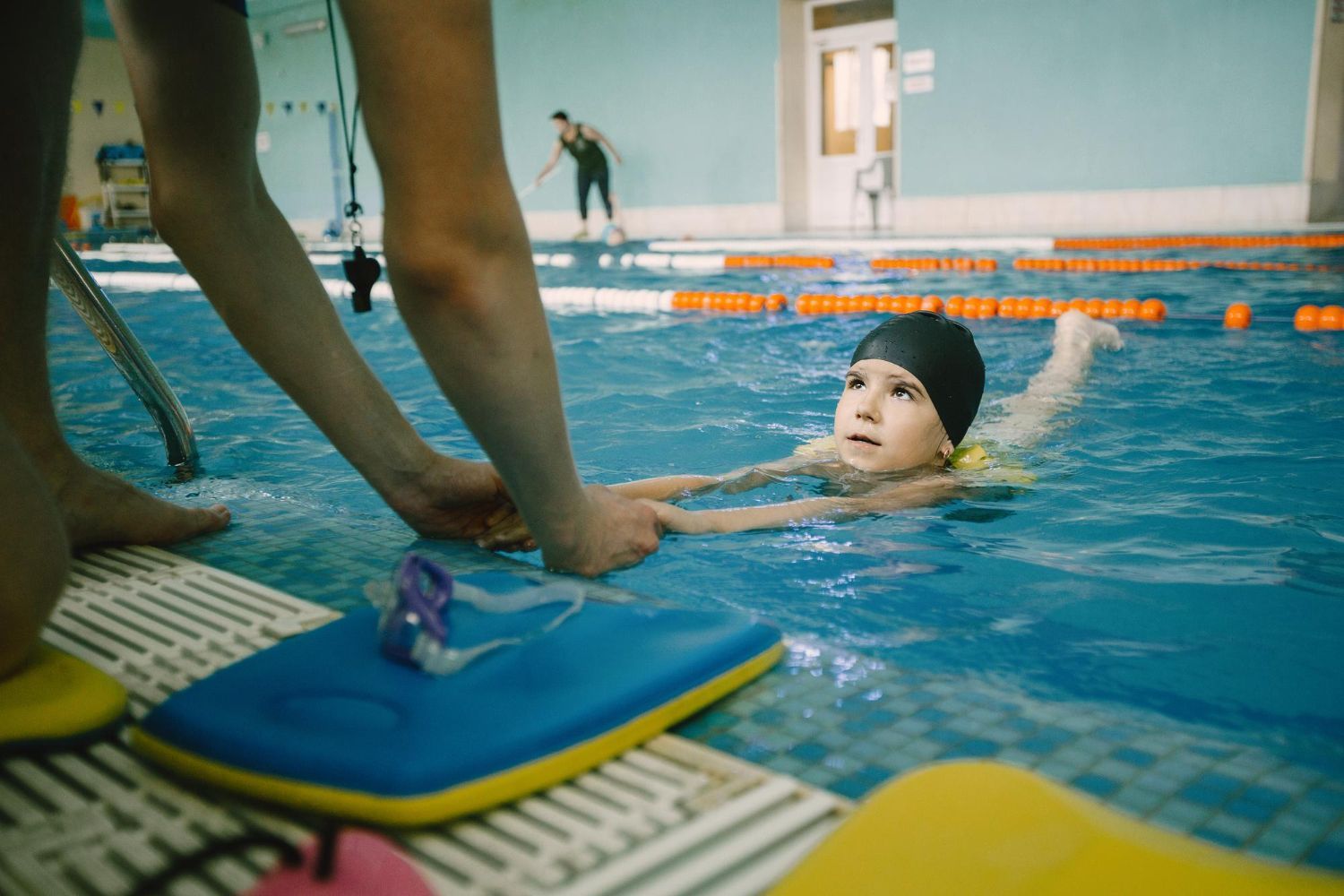Understanding Floatation Aids: Essential Tools for Novice Swimmers at Col Jones Swim Tempe
Explore the role of floatation aids in swimming lessons, and learn how they act as training wheels to help novice swimmers build confidence, learn technique, and develop fundamental skills.
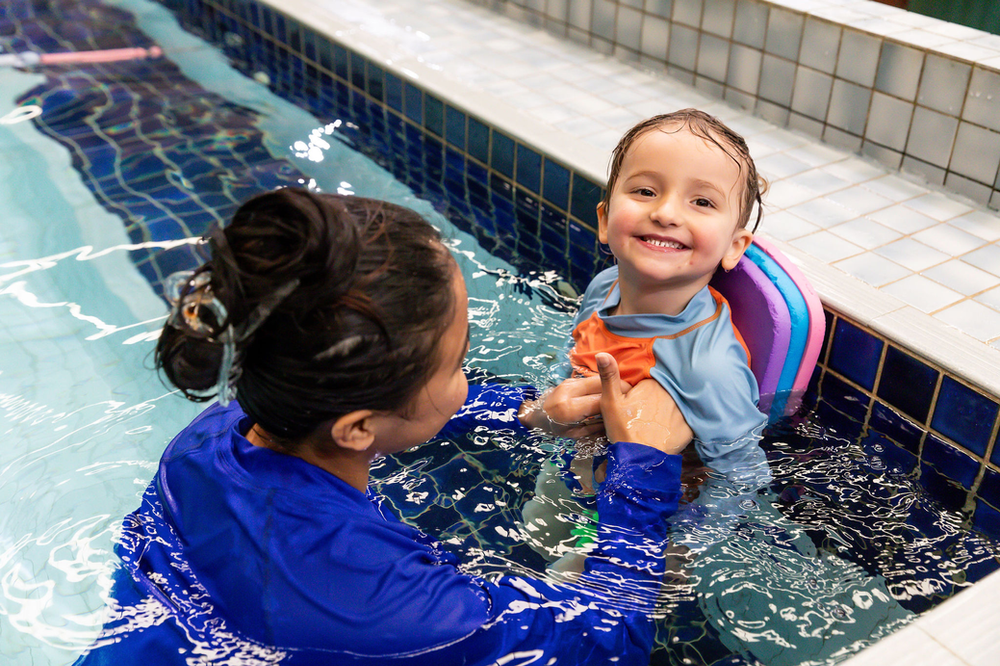
Learning to swim is an exciting journey that unfolds differently for every individual. For those taking their first strokes in the pool, it can be both thrilling and nerve-wracking. Here at Col Jones Swim Tempe, our team of dedicated instructors ensures that each swimmer receives the support they need to overcome their fears and develop essential swimming skills. One key element in the swimming education process, especially for novice swimmers, is the use of floatation aids.
Floatation aids come in various forms, such as armbands, kickboards, and pool noodles, and act as training wheels for individuals learning to swim. These crucial tools provide additional buoyancy, stability, and support, giving beginners the confidence and freedom to focus on technique and skill development. This article will delve into the role of floatation aids in swimming lessons, highlighting their importance in helping novice swimmers build a strong foundation in the water.
Developing Confidence and Overcoming Fear
One of the primary roles of floatation aids in swimming education is to help inexperienced swimmers build confidence and overcome any fears or apprehensions they may have about being in the water. For many beginners, the prospect of being in the water without solid ground to stand on is daunting. Floatation aids provide an additional sense of security, allowing individuals to feel more at ease while they learn basic swimming skills.
As swimmers become increasingly comfortable with their floatation aids, they can gradually begin to rely on them less, eventually making the transition to swimming unassisted. This step-by-step approach to developing confidence in the water ensures that learners feel supported and encouraged throughout the process, ultimately contributing to a positive and stress-free swimming experience.
Improving Technique and Body Position
Floatation aids play a vital role in helping novice swimmers learn correct swimming techniques and maintain proper body position in the water. As swimmers learn to position their bodies horizontally on the water's surface, they can better understand essential techniques like kicking, arm strokes, and breathing.
For example, kickboards can provide essential support to maintain a horizontal position while learners focus on developing strong kicks and overall propulsion. Similarly, armbands help keep the upper body afloat, allowing swimmers to concentrate on refining their arm strokes and building strength.
By using floatation aids to isolate specific aspects of swimming technique, learners can develop each element individually before combining them into a cohesive, efficient swimming style. This targeted approach helps set the foundation for good swimming habits and can significantly contribute to a swimmer's long-term success in the water.
Promoting Independent Exploration
Floatation aids not only support learners as they develop specific swimming skills but also allow them to explore the water independently and at their own pace. With the added buoyancy and stability provided by swimming aids, learners can venture into the pool autonomously, developing familiarity with the water and gaining a sense of independence.
This freedom to explore enables beginners to progress at a comfortable pace and build a strong connection with the water, fostering an appreciation for swimming as a fun and enjoyable activity. This crucial aspect of swimming education here at Col Jones Swim Tempe ensures that learners remain engaged and motivated throughout their aquatic journey.
Ensuring Safety During Swimming Lessons
Safety is paramount in any swimming education setting, and the use of floatation aids is an essential component of maintaining a secure learning environment. By offering additional support and buoyancy, swimming aids help reduce the risk of accidents, ensure the well-being of learners, and provide an extra layer of assurance for instructors and parents alike. This commitment to upholding rigorous safety standards is a fundamental part of the high-quality aquatic education provided here at Col Jones Swim Tempe.
Floatation aids should be used in conjunction with close supervision from instructors and lifeguards to ensure a comprehensive approach to swimmer safety. It is essential to remember that swimming aids are not a substitute for constant supervision or professional swimming instruction; they serve as an additional safety measure to enhance the overall learning experience.
Choosing the Right Floatation Aid
The successful use of floatation aids in swimming lessons depends on selecting the appropriate aid for each learner's needs, abilities, and preferences. The following are some popular floatation aids used in swimming education:
1. Armbands: Also known as water wings or floaties, these inflatable devices are worn on the upper arms to provide buoyancy. They are popular for young beginners, offering excellent support to keep the head above water while allowing freedom of arm movement.
2. Kickboards: These foam boards are an effective tool for focusing on leg and kicking techniques. Swimmers can hold onto the board with their hands, keeping their upper body stable while they concentrate on developing a strong kick.
3. Pool Noodles: These flexible foam tubes can be used in a variety of ways, such as being placed under the arms or between the legs to provide support and buoyancy. Pool noodles are versatile, making them suitable for swimmers of all ages, from toddlers to adults.
4. Swim Belts: Worn around the waist, swim belts provide additional buoyancy to assist with maintaining a horizontal body position. They are often used in more advanced swimming lessons, assisting with stroke refinement and endurance training.
Embrace Swimming Success with Col Jones Swim Tempe
Floatation aids serve as indispensable tools in swimming education, acting as training wheels for novice swimmers. By fostering confidence, improving technique, promoting exploration, and ensuring safety, floatation aids play a crucial role in creating a positive aquatic learning experience for all. These valuable swimming aids are integral to the comprehensive, learner-focused approach implemented here at Col Jones Swim Tempe.
Embark on your swimming journey and experience the supportive and engaging environment at Col Jones Swim Tempe, where our team is dedicated to helping swimmers of all ages and abilities succeed. Visit our website today to learn more about our ,, swimming programs and join our community, where you can develop essential skills, boost confidence, and discover the joy of swimming in a safe and enjoyable atmosphere.



